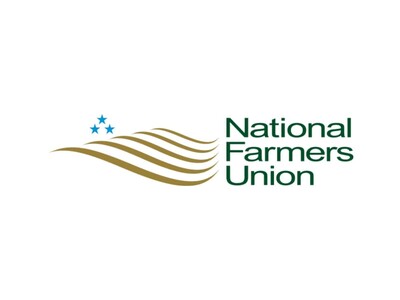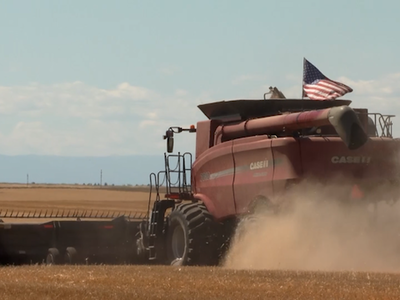New Fumigation Techniques for Soilborne Diseases

Tim Hammerich
News Reporter
Protecting fruit from soilborne pathogens is a big concern for strawberry growers. Researchers at the University of California Ag and Natural Resources are looking to see if a drip application of fungicides might be effective. Here’s UC Cooperative Extension advisor in entomology and biologicals, Surendra Dara.
Dara… “This particular study was based on a request from FMC. They wanted to evaluate if drip application of some fungicides could be supplemental to whatever the growers are currently following to control soilborne diseases. And they also wanted to see if it has any impact on improving the crop health, and potentially other diseases.”
Dara says the results from the first trial were positive, but he didn’t see enough incidence of soilborne disease in the control group to be sure. He’s optimistic though, given drip application of fungicides has been effective on other plant pathogens.
Dara… “They do apply fungicides to drip, but not necessarily for soilborne diseases. The management practices are usually obtaining clean transplants and fumigating or crop rotation. These are the typical management recommendations for soil-borne diseases.”
Dara hopes to continue to study the potential for this management practice.















